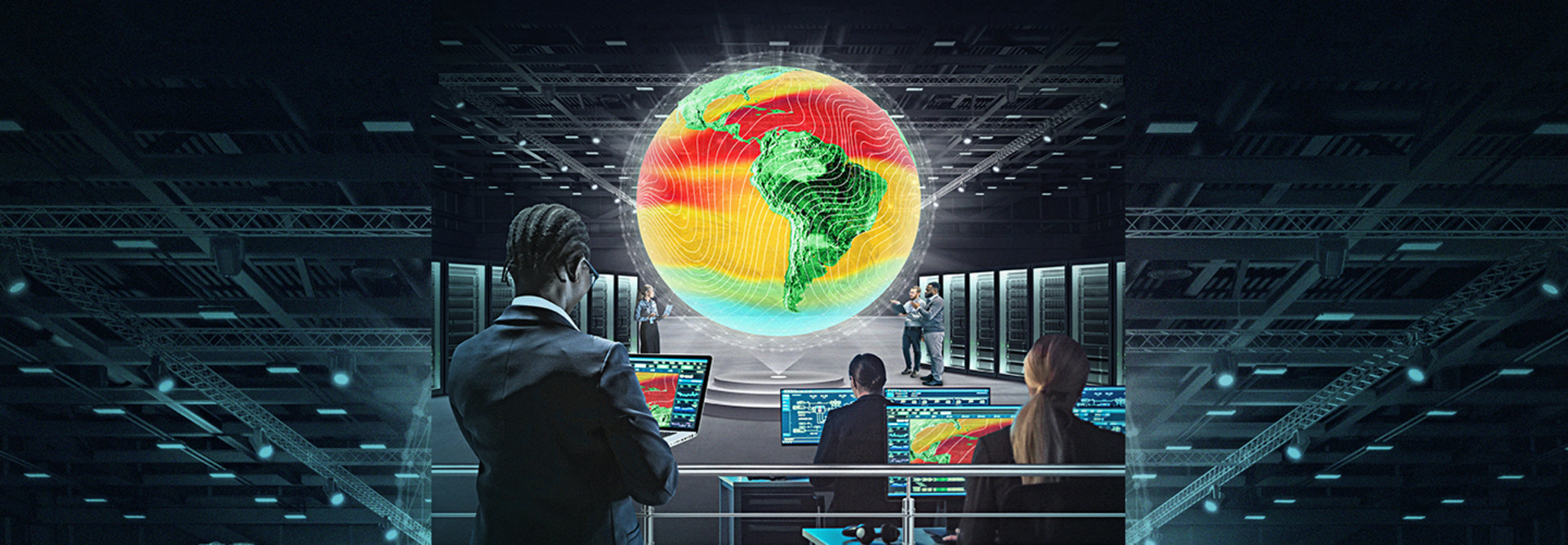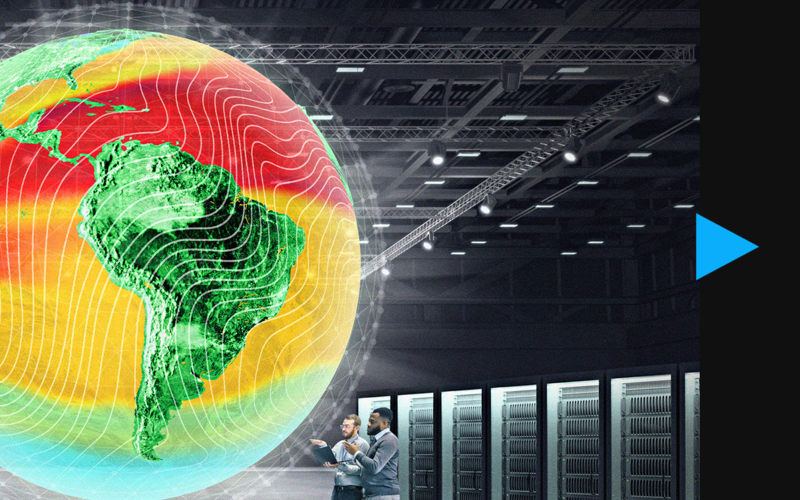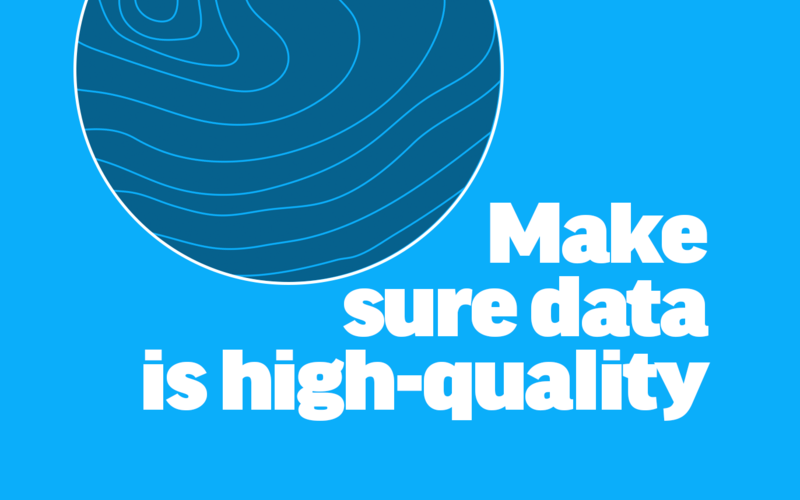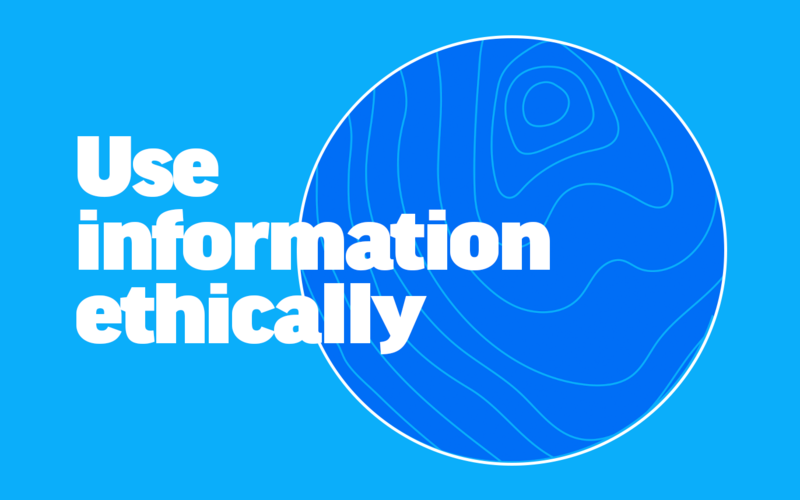How Digital Twins Can Help Agencies Make Better Decisions
Boukabara describes the concept of a digital twin as “an attempt to copy all the characteristics of a physical entity into the digital world.” It’s a model that, when in the right hands, can be poked and prodded and manipulated to test how physical systems will behave in real life. A digital twin can help agencies like NOAA make better decisions and accomplish their missions.
When it comes to government organizations that have deployed digital twins, NOAA remains in the minority. As of 2021, according to one survey, only 24 percent of federal agency leaders reported experimentation with virtual models.
Still, notes Brian Bothwell, director of engineering and technology assessment at the Government Accountability Office, digital twins are gaining steam in government. “I expect we’ll see more and more federal agencies using this technology over time,” he says.
LEARN MORE: What is digital twin technology and how can agencies use it?
The U.S. Army Corps of Engineers is using digital twin technology to “walk through” areas of new construction at Tyndall Air Force Base in Florida, which were badly damaged by Hurricane Michael in 2018. Meanwhile, the Navy is using digital twins to optimize infrastructure layout at its shipyards.
Similarly, the Food and Drug Administration is developing a digital twin that will help it evaluate medical devices prior to use; and the National Cancer Institute is working with scientists to create digital twins of patients with cancer.
A 2023 report on the technology from the GAO notes that digital twins are now being used for everything from supply chain optimization to agricultural management and manufacturing.
The use of digital twins isn’t new by any means. NASA, in fact, first used a form of virtual modeling as it worked to save the crippled Apollo 13.
“It’s just that now, the technologies are there for digital twins to really take off,” Bothwell says.

















